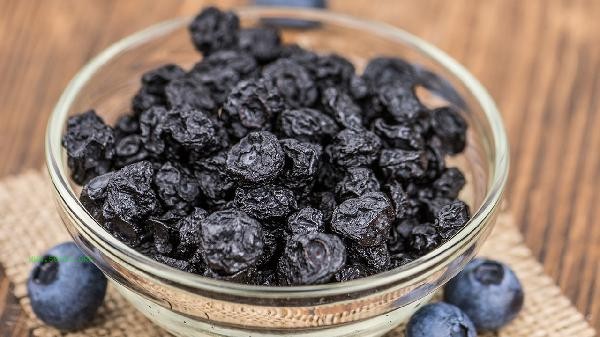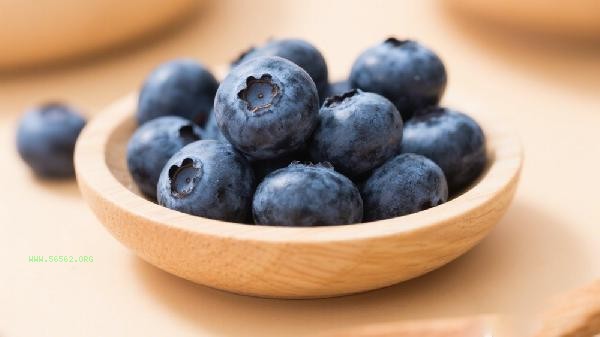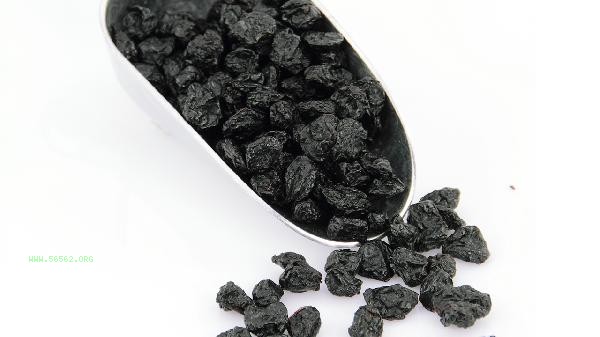The selection of blueberry varieties should be based on planting purposes and dietary needs. Common high-quality varieties include North High bush blueberries, South High bush blueberries, Rabbit Eye blueberries, Half High bush blueberries, and Dwarf bush blueberries.

1. Beigaocong Blueberries
Beigaocong Blueberries are suitable for temperate climates, with large and sweet fruits, rich in anthocyanins and vitamin C, and strong antioxidant capacity. This type of variety has strict requirements for soil acidity and requires regular supplementation of humus. It is suitable for fresh consumption or processing jam. Representative varieties include Lanfeng and Duke, which have strong cold resistance but require sufficient sunlight in summer.
2. Nan Gao Cong Blueberries
Nan Gao Cong Blueberries are suitable for subtropical climates, with rich fruit flavors and storage resistance, making them suitable for home or commercial cultivation. It matures earlier and has strong adaptability to soil, but it should be noted that insufficient low temperature in winter may affect yield. O'Neal and Misty are typical varieties that are suitable for making baked goods or for direct consumption.
3. Rabbit eye blueberries
Rabbit eye blueberries have strong drought tolerance and are suitable for hot regions in the south. The fruit is small but the yield is high. Rich in dietary fiber and manganese, it is beneficial for gastrointestinal health. Tiffany Blue and Brattleville are common varieties that mature later and are suitable for making juice or freezing storage. During planting, attention should be paid to pruning to control the plant shape.

4. Semi high bush blueberry
Semi high bush blueberry is a hybrid variety of northern high bush and dwarf bush, which combines cold resistance and compact plant type, suitable for potted or small space planting. The fruit has a balanced sour and sweet taste and is rich in polyphenols, making it suitable for making dried fruits or yogurt ingredients. Beilan and Beicun are representative varieties, and attention should be paid to avoiding root diseases caused by waterlogging.
5. Dwarf bush blueberries
Dwarf bush blueberries are extremely cold resistant, suitable for high latitude regions, with unique fruit flavors and high nutritional density. The plant is low and easy to pick, but the single fruit is small and suitable for making jam or making wine. The antioxidant content of wild dwarf blueberry is particularly prominent, and it is necessary to maintain soil moisture and sufficient light during cultivation. When selecting blueberry varieties, it is necessary to consider climate adaptability, fruit use, and planting conditions comprehensively. Priority should be given to cold resistant varieties of northern or semi high bush in northern regions, while southern varieties such as southern bush or rabbit eye blueberries can be chosen. Family planting can try dwarf blueberries for easier management. Regardless of the variety, it is necessary to ensure that the soil pH value is within a reasonable range, regularly supplement organic fertilizer, and pay attention to preventing bird pecking. Moderate daily consumption of fresh blueberries can help supplement vitamins and antioxidants, but individuals with gastrointestinal sensitivity should avoid consuming large amounts on an empty stomach.









Comments (0)
Leave a Comment
No comments yet
Be the first to share your thoughts!